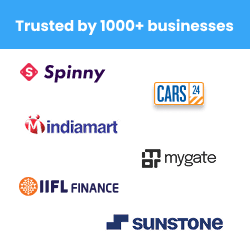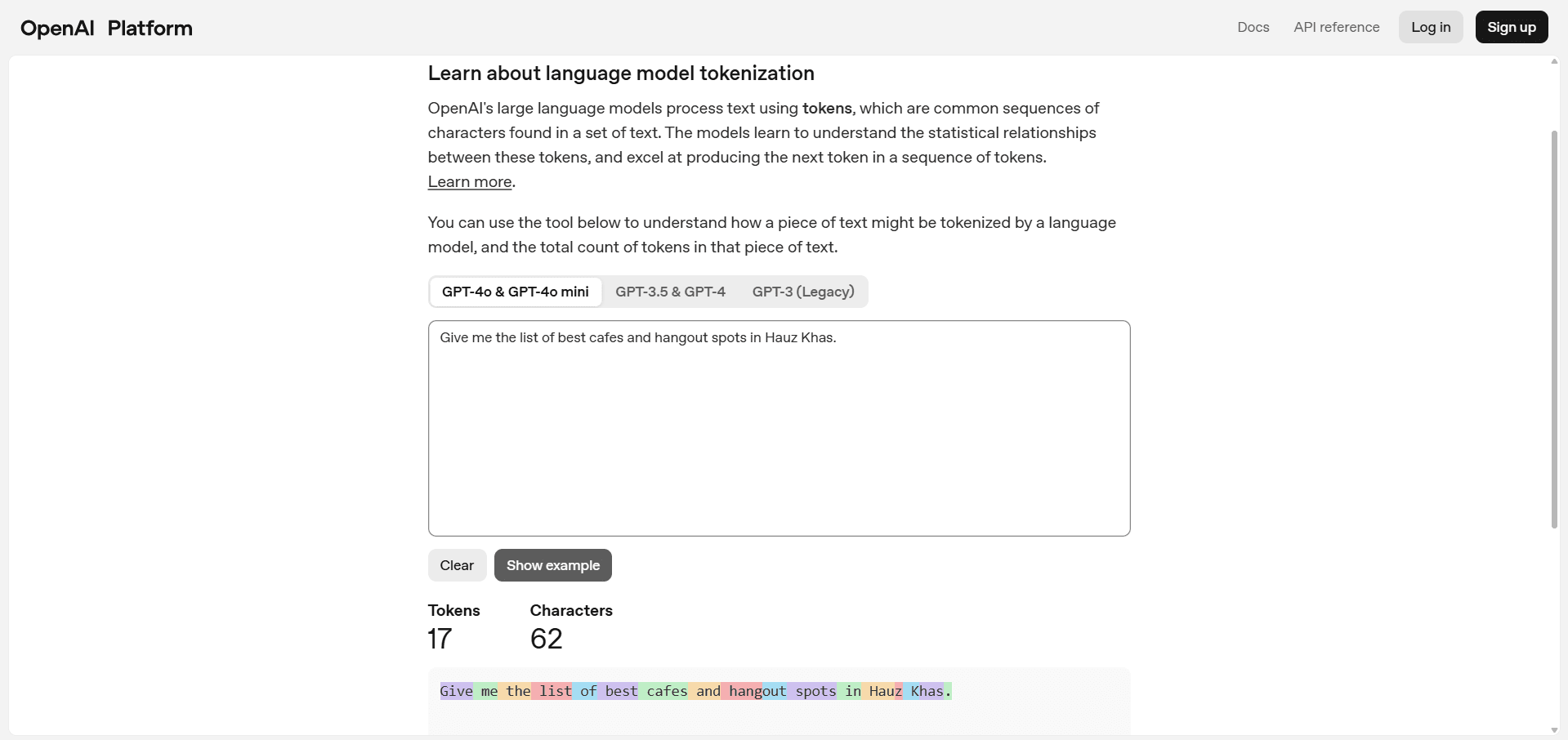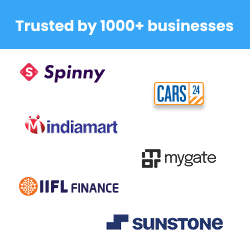WhatsApp can be your best growth channel, or your most confusing bill. Wati spreads India pricing across plan pages and help docs for WhatsApp Business API, and Meta has also changed how billing works. The base pricing (without any Add-ons) ranges between ₹2,499 to ₹16,999 monthly. Here’s a clean, verified breakdown for India so you can budget with confidence, then see where Heltar keeps costs steadier as you scale through WhatsApp API.
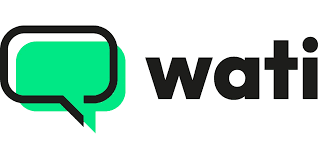
Summary at a glance
Wati shows India plan cards for Growth, Pro, Business with prices commonly listed as ₹1,999 or ₹2,499, ₹4,499 or ₹5,999, and ₹16,999 per month, each with 5 users included and extra users at ₹699, ₹1,299, ₹3,999. Wati also promotes a Pay-as-you-Go plan at ₹999 one time with credits for light broadcast use.
WhatsApp billing has moved to message-based pricing. You are charged per delivered template message by category. Wati’s pricing page points to a rate card, and Wati’s help docs confirm the change effective 1 July 2025. Service replies are free on new plans.
Wati sells add-ons such as extra chatbot sessions and a Shopify integration at $4.99 per month. Add-on chatbot sessions are paid and billed with your base plan cycle.
Is WhatsApp API free?
The WhatsApp Business app is free for small teams, but the API is not. With Wati or any BSP, you pay a platform subscription, plus WhatsApp usage. Wati’s plan cards show the subscription, and usage is billed per message by category and country on the rate card.
Wati costs in India - line by line
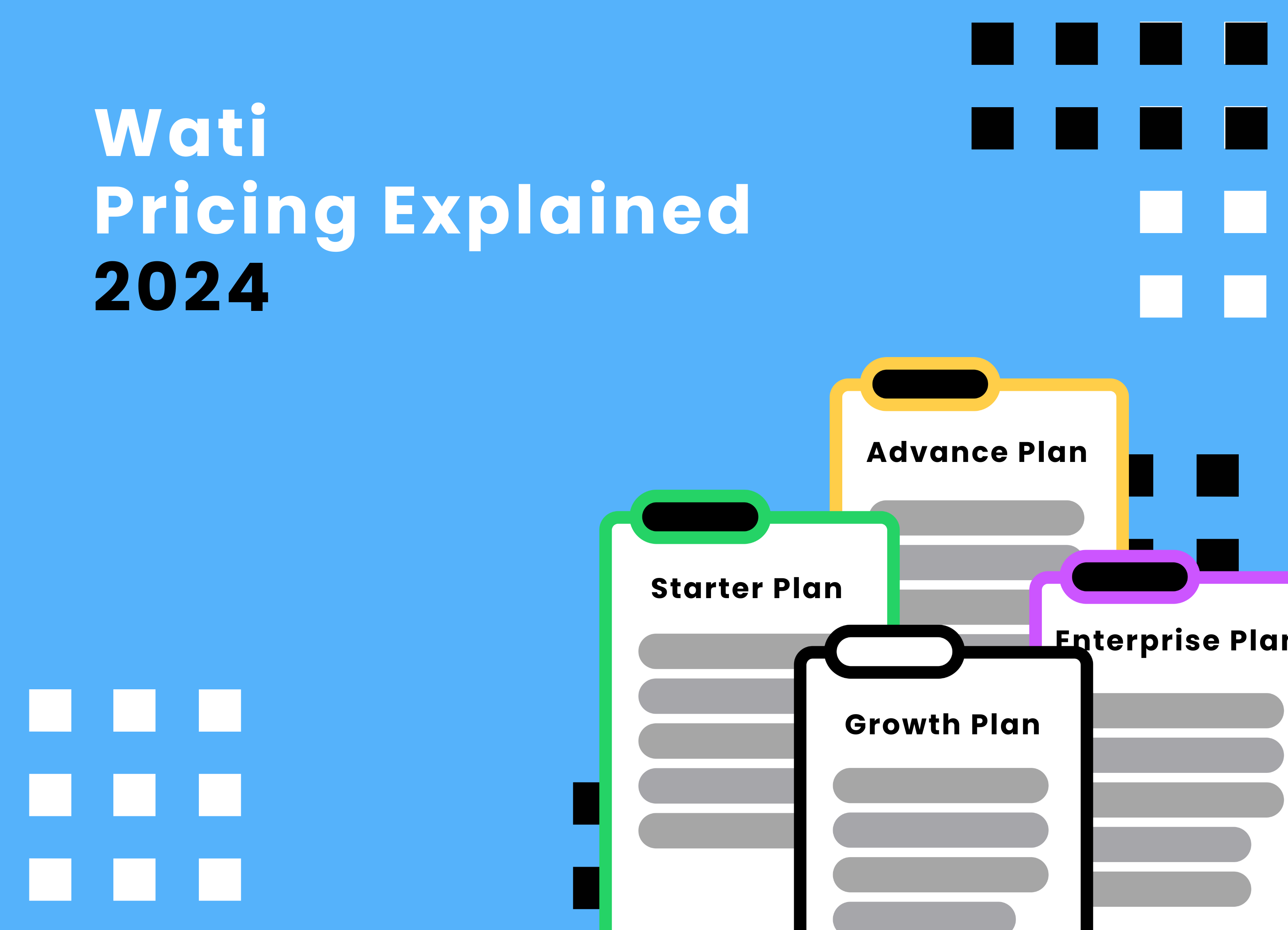
1) Recurring subscription
India landing pages and plan sections show the following prices with 5 users included. Extra users are charged per month.
Growth: ₹1,999 or ₹2,499, extra user ₹699
Pro: ₹4,499 or ₹5,999, extra user ₹1,299
Business: ₹16,999, extra user ₹3,999
Wati runs multiple official LPs that display either ₹1,999 or ₹2,499 for Growth and ₹4,499 or ₹5,999 for Pro. Use the figures from the exact page you link in your post or proposal.
2) WhatsApp usage
Wati states that per-message charges vary for marketing, utility and authentication and links to a rate card. Wati’s help center confirms the switch from conversation-based to message-based billing on 1 July 2025, and notes that service replies remain free on the new model.
3) Add-ons and paid extras
Extra chatbot sessions are a paid add-on. Wati’s docs explain how the add-on is billed with your plan cycle and that pricing may vary by selection and region. If you overrun the included quota, automation stops until you upgrade or buy more sessions.
Shopify integration is listed as $4.99 per month on Wati’s pricing page footnotes.
Support tiers vary by plan on the pricing page, for example 24x5 email on Growth, 24x7 email and chat on Pro, priority 24x7 on Business. Factor this when you staff your team.
4) Pay-as-you-Go for India
Wati’s PayG is a single-user, one-time ₹999 plan with ₹999 credits. It is aimed at brands that only want to send bulk campaigns. The help doc says marketing messages cost about ₹2 each on PayG. Feature limits apply.
What each Wati plan includes?
These highlights are taken from Wati’s plan pages.
Growth, from ₹1,999 or ₹2,499
Team inbox, broadcasts, CTWA launch, basic automation, limited API calls, no webhooks shown on the main pricing page, 24x5 email support.
Pro, from ₹4,499 or ₹5,999
Everything in Growth, plus advanced chatbots, forms, CTWA click tracking and tags, more integrations, higher API limits, limited webhooks, 24x7 email and chat support.
Business, ₹16,999
Everything in Pro, plus round-robin, multiple numbers, IP whitelisting, higher throughput, priority 24x7 support, larger automation and AI reply allowances. Wati.io
Note on quotas
Wati lists automation trigger allowances per month, and AI Support Agent reply allowances on Pro and Business. If you rely on heavy automation or AI replies, watch these meters. Wati.io
Where Wati can get expensive in India?
Per-message pricing means every additional template message adds to usage. If you run frequent promos or multi-step journeys, the meter rises as you trigger more messages. support.wati.io
Team scale is not free. Extra users cost ₹699, ₹1,299, ₹3,999 per month depending on plan. Large teams should include this line in the budget. Wati.io
Automation depth can hit limits. If you exceed included automation triggers or chatbot sessions, you need add-ons. When automation pauses, your team must reply manually until you buy more. support.wati.io
Key integration add-on. Shopify shows $4.99 per month on the pricing page footnote, so ecommerce brands should include it. Wati.io
How Heltar compares, using the same India use cases?
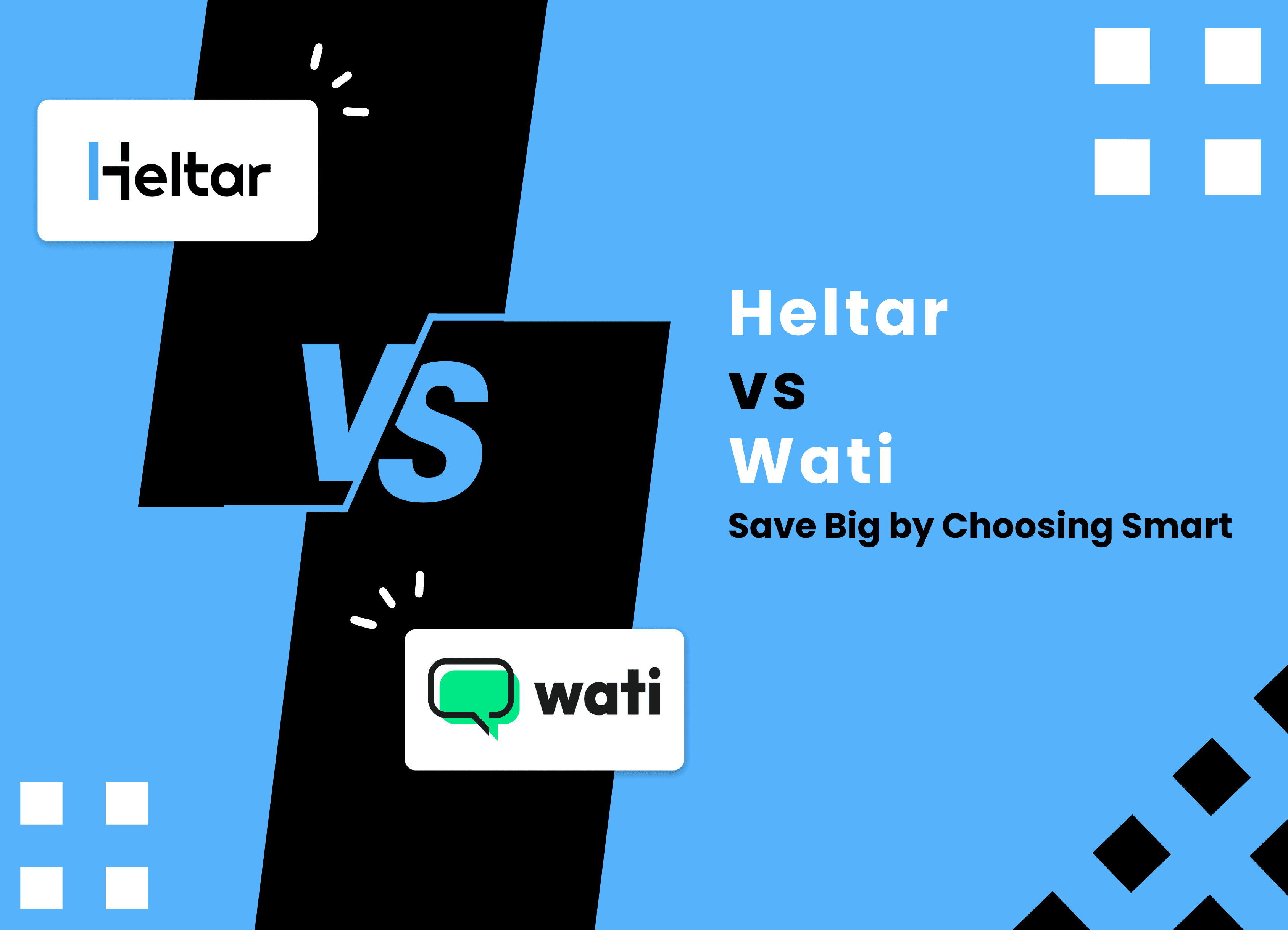
Heltar prices per WhatsApp number with a small per automated session fee after free credits. Deeper steps inside a single session do not change the platform fee for that contact. Markups over Meta are simple and tier-based.
Category | Heltar | Wati |
|---|---|---|
Pricing unit | Automated session on the platform side | Per message by category and country |
Plans | Starter $50, Growth $80, Pro $150 per number per month | Growth ₹1,999 or ₹2,499, Pro ₹4,499 or ₹5,999, Business ₹16,999, 5 users included |
Markup over Meta | Starter 10%, Growth 8%, Pro 5% | Not published as a fixed percent, rate card applies |
Extra users | Not listed in the Heltar price sheet | ₹699, ₹1,299, ₹3,999 per extra user per month |
Automation depth | Steps inside a session do not change the platform fee | Extra automation or chatbot sessions can need paid add-ons |
Key add-on | none required for WhatsApp flows | Shopify add-on $4.99 per month |
Heltar’s model holds steady as you add checks, delays and follow-ups inside a flow. If your program relies on multi-step journeys, this helps you scale without watching a fast-rising per-message meter.
Final word
For India, Wati’s plans are clear, and PayG is handy for light broadcast. The real cost driver are the extremely high markups, and Wati’s message-based billing means frequent campaigns and complex journeys increase spend as you send more template messages. If you want predictable platform cost while you deepen flows, Heltar’s simple markups makes the math easier and usually WAY cheaper for automation-heavy teams.
Want a side-by-side on your numbers, not guesses? Book a demo right now!
